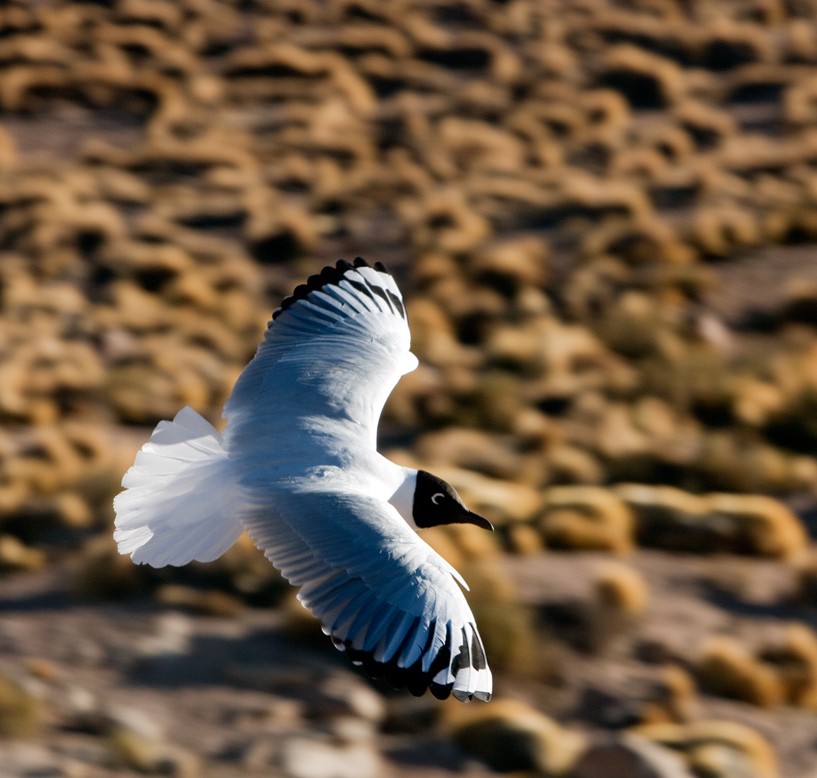Andean Gull
A species of Masked Gulls Scientific name : Chroicocephalus serranus Genus : Masked Gulls
Andean Gull, A species of Masked Gulls
Botanical name: Chroicocephalus serranus
Genus: Masked Gulls
Content
Description General Info
Description
At 45–48 cm (18–19 in) long, it is large for a black-headed gull (it is the largest gull with that kind of plumage in the Americas). It is the largest species in the genus Chroicocephalus and has a dark hood, a pale grey back and a pattern of black and white on its primaries. 
Size
48 cm
Colors
Black
Gray
White
Nest Placement
Ground
Feeding Habits
Andean Gull consumes insects, worms, and occasional garbage. It forages on land and aerially hunts insects, showcasing diverse feeding methods.
Habitat
Andean Gull predominantly resides in high-altitude environments, including mountainous regions and wetlands above 3,000 meters. Their habitats span lakes, bogs, and marshes, with a breeding preference for boggy lake areas and occasionally riverbanks. In winter, they migrate lower, sometimes to coastal zones, showing adaptability by foraging in fields and exploiting varied food sources.
Dite type
Omnivorous
General Info
Feeding Habits
Bird food type
Distribution Area
The Andean gull is known from Chile, Peru, Argentina, Bolivia, Ecuador and Colombia where it breeds in mountainous areas, usually at elevations of over 3,000 metres (9,800 ft). In areas with harsh winters it migrates to lower elevations in winter, sometimes as far as the coast. Flocks of these gulls are common on the coast in southern Peru and northern Chile, but It has yet to be established where these particular birds breed. In the wetlands of the Altiplano it is resident and breeds at 4,000 metres (13,000 ft) while in southern Argentina it may breed at as little as 2,000 metres (6,600 ft) but this is in similar habitats to the birds further north. The Andean Gull nests in small scattered colonies, sometimes even as solitary pairs, in small, isolated ponds. Unusually for a gull of this size, it becomes sexually mature at the age of two years rather than three. It feeds on a variety of prey items, including insects and worms taken on fields and grasslands; it also sometimes catches aerial insects and eats some garbage when available. 
